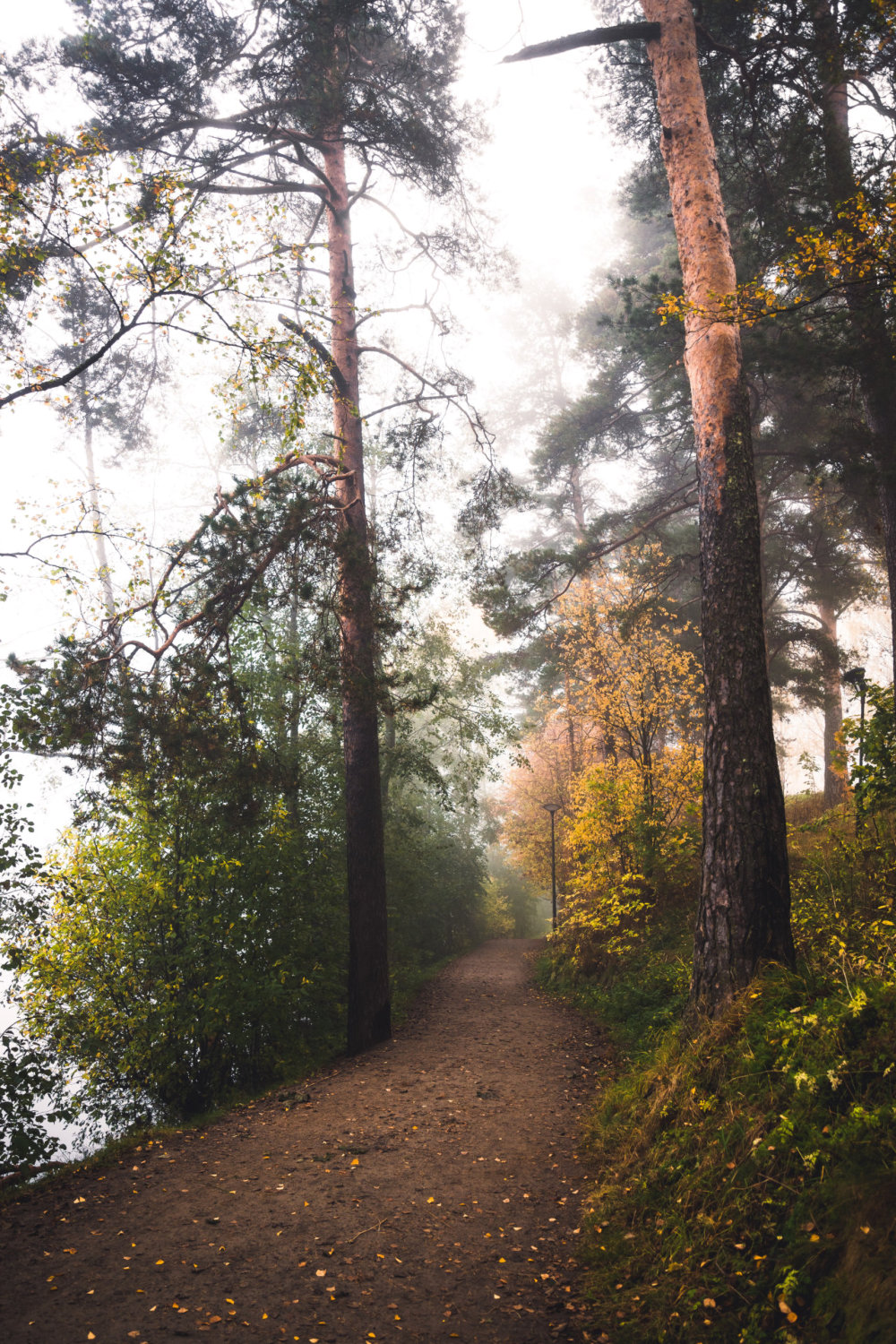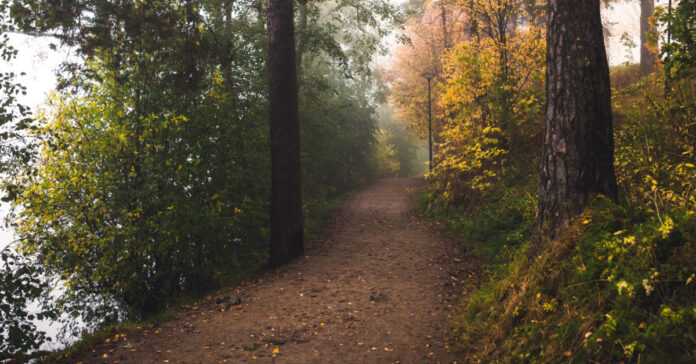Regardless of what is happening in the big, bad world around us, life goes on. Chores need to be done. The chickens need to be feed. We cannot ignore the garden. Homestead chores don’t stop because of inflation, war in Europe or much else. Neither should your life.
This is the perfect time to do chores because we are enjoying a week of sunny weather on the homestead after getting more than three inches of rain since Labor Day Weekend. Dry, warm (not hot) weather is optimum outdoor chore weather.
My preference is to work about four hours per day at strenuous outdoor labor. This is in addition to our standard daily chores. I can work six or eight hours, but doing so on successive days usually results in me taking a nap early that evening and not looking forward to getting back out there and working again on the third or fourth day. I can do it if necessary, but I prefer to balance one heavy work day with a day of lighter work. Planning ahead helps.
Our To Do List
Here’s a look at what is on our homestead outdoor to do list for the balance of the month:
- Weed whack
- Mow the grass
- Chop down invasive plants and more saplings that have sprouted on our vertical meadow and are threatening to turn it into a forest
- Plant eight flowering shrubs in the pollinator garden. This can be tough because of the many rocks and steep hillside
- Do some exterior painting
- Do some exterior caulking
- Check/refill beehive feeders twice a week. Add pollen patties when necessary.
- Clean out the chicken coop and put old bedding in the raised beds
- Add more compost, dirt and other organic material to the raised beds
- Pick up more straw for our stockpile
- Cover the top of two or three woodpiles to keep the wood dry for burning
- Carry wood inside and stack it near our stoves so it is ready when we need it
- Carry firewood into the garage and stack it on a pallet as our backup supply for use during especially bad weather
- Install our new digital weather center on a pole to track precipitation and wind
- Ignite the burn pile
- Go shooting
Combining Chores
Some of these lend themselves to being combined, like weed whacking and mowing, or doing all the firewood chores in a single day. Others, like cutting down the trees, may take both of us two days because it is a large area and we have to drag the trees to the burn pile. Some chores have to be done before others. For example, it doesn’t make sense to ignite the burn pile until after we cut down the saplings. It also may not make sense to light the burn pile in the middle of a dry spell.
You may ask, why is shooting on your list? Because if it isn’t, I won’t get to it. I like to train regularly so my skills don’t get too rusty. It’s also good to use a different gun from time to time. I feel this helps ensure my guns are in good shape and ready to go if needed. Better to find out there’s a problem when you’re training than when you are counting on it to save your life or put meat on the table. If you have a gun that hasn’t left your safe for three or more years, get out there and shoot it, then clean and lube it.
I should mention that I am also helping two other beekeepers with their hives. That takes up a full afternoon each time. I enjoy the beekeeping and am happy to help, but working in the sun while wearing that suit in sure works up a sweat. I’m thinking of rigging mine up with a hydration bladder.
When it Turns Colder
After the temperatures drop, we’ll have a new list of chores. For example, once the leaves fall, we’ll gather them for our compost pile and to add to the raised beds. We don’t have to rake, but it is free organic material, so we scoop them up from ditches alongside our road. That has the added benefit of keeping the leaves from chocking the ditches and plugging the culverts. I’ll also have to wrap the beehives in tar paper once the average daily temperature drops below 50 degrees.
There will be other chores as we make the final preps for winter. Then most work will move indoors. For instance, I’m planning to build at least eight beehive bodies, an equal number of bottom boards and lids, and a dozen supers, plus 200 frames. That will fill many afternoons in the wood shop.
I’m looking forward to the fall. It’s much easier to walk in the woods after the greenery is gone, so the dog walks lengthen and we do more bushwhacking. Carrying in firewood every second or third day seems like it would be a hassle, but I don’t mind. It’s good exercise. I feel bad for the chickens when the grasses and weeds die off because that means they get less greenery. Maybe I’ll buy them somoe alfalfa.
Don’t Let it Distract You
Yes, we could be on our way to a collapse. Yes, this could be a terrible winter with rising heating bills and civil unrest. Sure, a recession is expected and people could lose their jobs. The war in Ukraine could go nuclear. China could invade Taiwan. Many bad things, both expected and unexpected, could happen. But until then, the chickens still need to be fed and the bills still need to be paid.
Don’t let any of the potential disasters distract you from living your life. Turn off the news, if necessary. Stay off social media. Don’t let problems outside of your control keep you from doing what is important in your life with the people who are important to your life. You can still prep and prepare for the worst-case scenario. Build your stockpile, have redundancies, make plans, and keep prepping, but don’t let that stop you from doing your job, your chores, having celebrations, and living your life.








